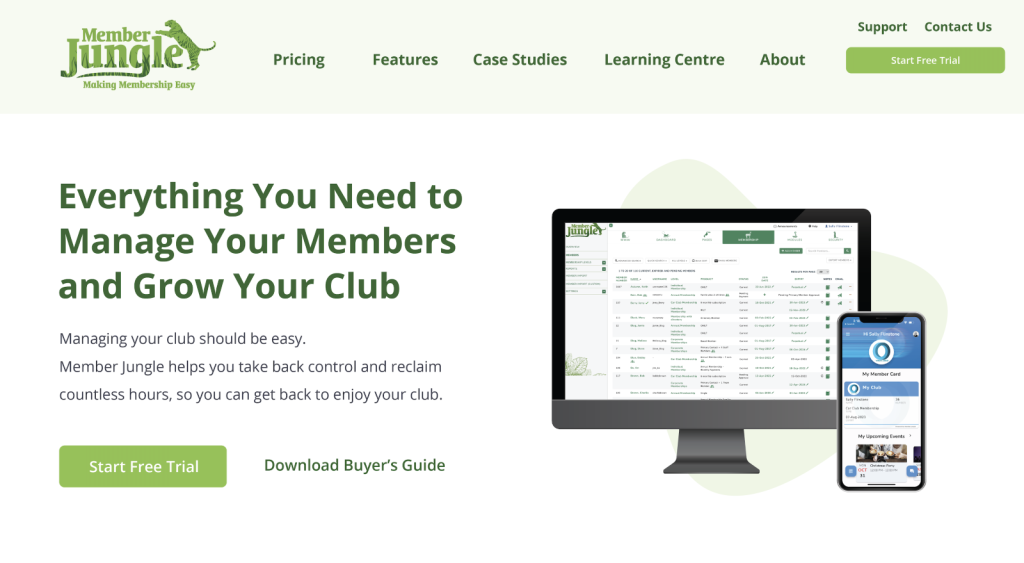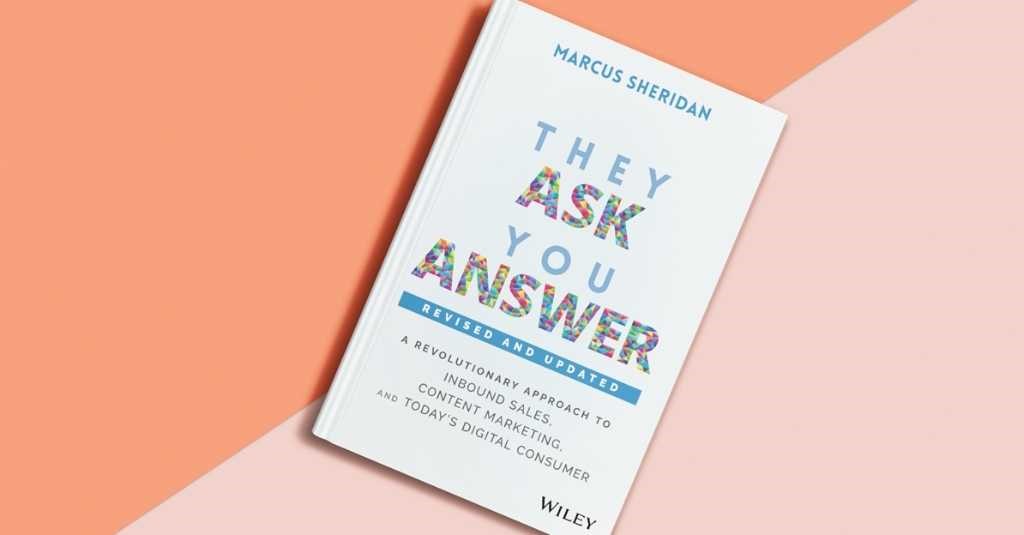Advertising across social media platforms and search engines in Q1 (Jan, Feb, March) and Q4 (Oct, Nov, Dec) can be challenging. There are potential upsides, downsides and key considerations you need to be aware of to maximise performance.
In this article, we’re going to cover:
What’s Different About Advertising in Q4 and Q1
The festive season naturally brings with it an increase in demand during Q4 and as for many industries, a greater number of consumers buy more than any other time of the year.
In response to this demand, there are a greater number of advertisers utilising search engines and social media platforms to advertise their products and services.
This increase in competition on these platforms translates to higher CPMs (cost per thousand impressions) and CPCs (cost per click) across all industries, which ultimately means higher CPLs (cost per lead) and a higher cost per customer. What does this mean?
CPM stands for cost per thousand impressions. Across social media platforms, such as Facebook & Instagram, this is an important metric because it tells us how much we have to pay to reach a particular audience. If we can predict (or see through real historical data) our conversion rate, then we can calculate, using the CPM metric, exactly how much it will cost to generate one conversion (CPL). If it isn’t already obvious, this is extremely valuable for advertisers, because it allows them to predict ROI (return on investment) before they even spend any money on a campaign.
For example, if it cost us $10 to reach 1000 people (this means our CPM=$10), and if we somewhat accurately estimate by looking at historical data and industry benchmarks that our conversion rate is 0.1%, then we can calculate that if we spend $1000 we will have 100,000 impressions and we’ll get 100 conversions. This means we’re paying $10 per conversion.
Even if everything else stays the same, if CPM increases, it cost us more to get one conversion, which means with the same spend, we can’t get as many conversions.
When it comes to search engine advertising, such as Google Ads, the result is similar. Higher competition means you’ll need to bid more per click, which means higher costs per conversion.
So going back to the original point, during Q4 and Q1 demand increases and competition rises in response, which results in higher CPMs and therefore higher costs per conversion. If you advertise during these periods, you may experience higher costs than usual and therefore less conversions.
Although this is the case, it differs from industry to industry. For example, in ecommerce there is actually a rise in the potential conversions you can generate because there is such an increase in demand. In this case even though costs are higher you might actually experience better results. As such, it’s hard to say that the increase in CPMs across multiple industries will definitely impact you, but what we can say is that it will likely have an impact on your efforts.
On top of this, during the festive season, you’ll find that buying behaviour shifts as well:
- User’s attention spans are all over the place because people get busy due to the festivities so it’s harder to capture their attention.
- Many people may be focused on holidays and not on purchasing to solve their problems
- At the same time people will be looking to buy gifts
These factors also have an influence on advertising:
- The greater level of competition makes advertising harder because you must do more to capture attention amidst the increased competition.
- Can also be easier to get people to commit to purchase by framing it as a gift (great for B2C)
- May be more difficult for B2B as people are focused on holidays
The combined changes from a metric perspective and a buying behaviour perspective will impact your advertising efforts every single year. The question then becomes, how do you respond to this?
What Should You Do About It?
There are four things you need to do in response to this.
- Make your offer more compelling
- Make your ad more engaging
- Focus more on retargeting
- Utilise direct channels more so than usual
Make your offer more compelling
Your offer is simply what you’re promising your buyer. Every offer should:
- Promise an aspirational identity
- Promise to solve a problem
- State exactly what you do
Promise an aspirational identity
We want to promise our customer that they can achieve their ideal identity. Can we help our customer become competent in something?
Think about how your buyer might transform for the better after working with you. Spell this out. An example for a cooking school might look like ‘Become a Pro in the Kitchen’.
Promise to solve a problem
If you can solve a problem, make it clear. We want to make sure we’re making both the problem and the solution clear. A good example of this is the RedPandas example of offering to solve an organisation’s lead generation problems: “Have all the answers to your organisations revenue generating problems”.
Here is another example from a client of ours who offer industry leading membership software solutions:

State exactly what they do
Tell your customer exactly what it is that you do. Be as simple as possible. An example of this: “Expert IT Services for your Sydney Business”.
Make your ad more engaging
There’s two metrics you’re going to want to look at improving in order to make your ad more engaging:
- Thumb stopping rate (if you’re using a video ad)
- Video watch rate (if you’re using a video ad)
- CTR (for both video and image ads)
Thumb stopping rate is calculated by the percentage of 3 second video views divided by the total number of impressions for any video ad. This metric demonstrates the percentage of users that continue watching after the first three seconds of a video, which reflects the power of the hook of the ad.
We want our thumb stopping rate to be high so that we can capture users as they scroll on social media. The key to increasing this metric is optimising the first three seconds of the video to effectively capture attention. We should strive for a 30% thumb stopping rate on traffic or conversion based campaigns. If you’re using an image ad, you can’t directly measure this metric, but you can look at your creative and think about what you expect the scroll stopping power of your image will be.

Video watch rate is calculated as the percentage of users that started watching a video ad who finished watching the video to completion. While the thumb stopping rate tells us how powerful the hook is, the video watch rate tells us how engaging the rest of the video is. It’s important for our video ads to be more engaging because this helps us build interest and desire in our audience. We can try increasing the engagement of our video by looking at what part of the video has the biggest drop off of users, and then changing that part to see if we can retain users for longer. You can view these metrics on social media advertising platforms to help you improve this.
CTR is calculated as the percentage of users who have seen an ad and have clicked through to the landing page or website. The CTR reflects the power of the ad to spur initial action from our target audience, in the form of a click-through to a website or landing page. If we can get our potential customer to commit to clicking through to view our website or landing page, it is easier to get the user to commit to other things later on, such as a purchase or sign up. You can increase the CTR by focusing on the offer and the copy.
How do we write good copy?
Copy is how we present the offer using words – it can be thought of as the message that our offer is packaged in. Good copy should speak to our target audience’s key motivators and guide them into taking an action that resonated with our objective.
In our ad copy, we should also focus on a few things:
- Keeping it personable – we want to make our ad copy conversational and use the sort of vocabulary that our target audience would use. Remember, we’re speaking to real people, so our copy needs to reflect that. A common tip is writing for a 12-year old’s level of English.
- Mention the key benefits – we want to make sure we mention the key benefits of the offer in our ad, taking particular note to focus on any key motivators and addressing pain points.
- Ensuring the copy includes a call to action. We want to make sure that we ask our audience to do something, and that what we ask of them is very clear and easy to do.
- Don’t make your prospect consume too many calories. In other words, don’t make them overthink. It’s for this reason we usually recommend writing at a 12 year old’s level of English.
- Use “you” and “your” and not “we” and “us” words. No one cares about you (not yet anyway). Keep the WIIFM (what’s in it for me) principle in mind. If we focus on speaking to the audience’s key motivators as well as the above four things, we’re going to be writing good copy, nine times out of ten.
Focus more on retargeting
Rather than trying to target new audiences and compete against other advertisers, a smarter strategy during Q4 and Q1 is to retarget users already in your database.
For example, you might want to focus on retargeting all website visitors, or users who have watched particular videos on your social media platforms. You can get granular with this and target only users that visit a certain page on your website or watch a specific video to completion on your social media accounts.
By focusing on retargeting, we can save costs. First impressions generally cost more in general, so we can somewhat counter the increased CPMs by focusing on retargeting, which cost less to reach the same number of users in general. In saying this, we’ve also seen great results from targeting new audiences during Q4 and Q1, so it really depends on your objective, your brand, your offer, and your niche.
A pro tip here is use more creative. In general for any ad campaign, you need to have more creative in your ad sets than you used to even 12 months ago. This is certainly the case for remarketing ads as well. No one (think about yourself) wants to see the same ad again and again – but if you can offer a different perspective in different ads, you keep the novelty and interest factor high.
Utilise direct channels more so than usual
Since advertising will cost more during this period, it makes sense to utilise direct channels like email marketing more so than usual. Focusing on these channels can help you take advantage of this period and generate revenue without spending on reaching new users. This doesn’t mean you shouldn’t advertise – it just means that if there was ever a time to put significant effort into email marketing, during Q4 and Q1 would be that time.
One way you can do this is by running lead generating campaigns prior to Q4 to collect leads at a lower cost than you would be able to in Q4, and then using email marketing in Q4 as your main revenue generating channel.
How do we handle this at RedPandas?
At RedPandas, during Q4 and Q1, we take the following action steps for our clients:
- We come up with a marketing theme, such as an Xmas theme or other relevant promos.
- We ramp up our efforts on newsletters and email marketing.
- For some clients, we pull back on ads and slow down because the whole industry slows down. So, we’ll run awareness ads at a lower budget or just switch ads off.
Many agencies will try to persuade you to continue running ads during Q4 and Q1 because they want to get paid. However, sometimes it’s smart to pause ads – if you’re not going to make money and we can see that, why would we keep running ads?
One of the big differentiators between RedPandas and other agencies is that if you’re working with us on a retainer basis, you pay the same every month, whether we run ads or not. That means it’s not necessarily in our best interest to persuade you to keep your ads on. Instead, our best interest is to help you solve your revenue generating problems. So, if we can see that it’s not going to make you money, we’ll tell you. On the other hand, if we think you should be running ads during this time, we won’t be shy about that either.
Whether you continue running ads during Q4 and Q1 is really dependent on past performance for the previous Q4, your objective, your niche, and the behaviour of your buyer. If you’re not sure, you can always run a low budget campaign, observe how it performs, and turn it off if it’s not working.
It’s impossible to tell you without knowing all of these things how you should approach advertising in Q4 and Q1. If you aren’t sure and want some answers for your specific situation, you can get in contact with us.












